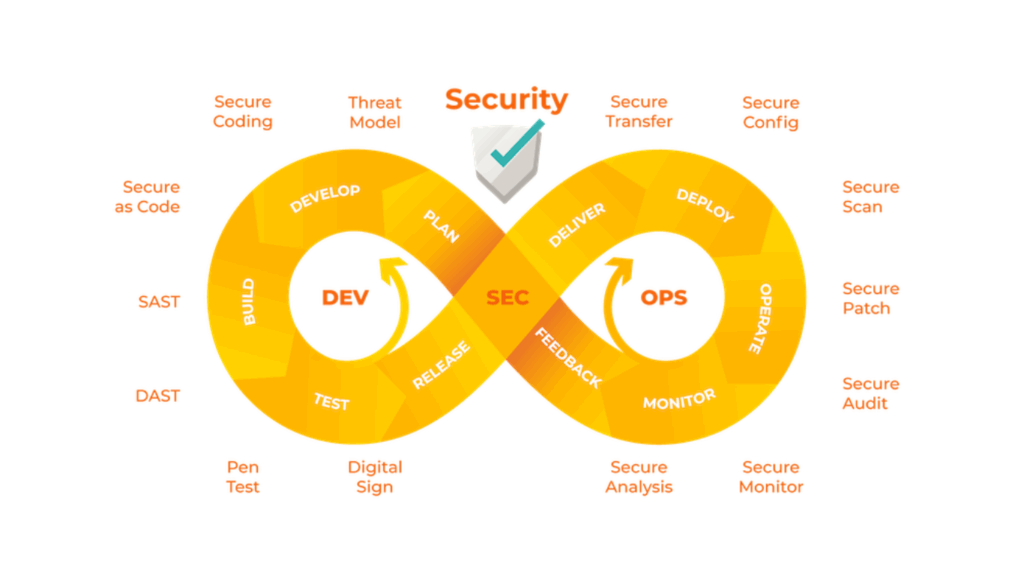The organizational culture in POETIC Leadership lean-agile contexts has to encourage lean and agile methods of working.
We shall employ the following definitions:
- Lean-Agile environments are groups or products that use or want to use Lean and Agile techniques.
- Culture: The way we live and respond to the world around us
Any Lean-Agile adoption is likely to remain extremely formal or restricted to localised success in the absence of a supporting culture. However, the advantages of Lean and Agile can spread throughout the company, fostering improved workflow, higher productivity, more creativity, and the delivery of genuine customer value, provided that the appropriate supporting culture is in place.
Three major obstacles to an organisation’s successful adoption of Agile are culture, leadership, and consistency, according to the 2022 State of Agile Report poll.
39%: Leadership not understanding or putting up roadblocks.
31%: Lack of clear priorities and/or clear direction.
31%: Business teams not understanding what Agile does.
In order to address these issues, a cultural shift is required. However, that is a difficult idea.
Occupational psychologist and author John Seddon says, “Trying to change the culture of an organisation is foolish; it never works. Behaviour, or culture, is a byproduct of the system; altering the system modifies people’s behaviour.
“An entity with interrelated and interdependent parts; it is defined by its boundaries and it is more than the sum of its parts,” is how Systems Thinking defines a system.
Systems consisting of individuals, groups, divisions, services, equipment, procedures, goods, and numerous other interrelated components make up organisations.
Such systems are defined by leaders. Therefore, in order to assist in designing and leading their system to be as Lean and Agile as possible, successful leaders must comprehend what it means to work in an agile manner in order to foster a culture that promotes the adoption of lean and agile practices. These leaders may be found at any level of the company. However, they must all exhibit a set of abilities and skills that they can employ to promote, facilitate, and catalyse system-level change.
They need POETIC Leadership. To learn more about POETIC leadership, check out the Agile training online.
Personal
Self-awareness
Mindfulness
Powerful influencing
Leadership style
Organisational
Organisational structure
Emotional
A deep respect for people
Emotional empathy
Psychological safety
Team Thinking
Team motivation
Team ownership
Decentralised decision making
Long-lived teams
Intelligent
IQ
Lean-Agile
Business decision making
Domain knowledge
Curious
Exploring
Experimental
Innovation
Learning
Growth mindset
GEMBA
In this article, we will focus on the first aspect of POETIC Leadership.
POETIC – Personal Leadership
Personal leadership is about a leader’s behaviour and the impact they have on the people they lead. When done correctly, it sets a good example. This is crucial because it sets an example for the behaviour that the leader anticipates from everyone else. Strong stakeholder involvement is encouraged by personal leaders, and it is developed via ongoing communication that fosters dedication, trust, creativity, and cooperation. Leaders have the power to inspire and motivate people to adopt the traits and attributes they value most in their teams. Members of a team grow in confidence and trust, and they are far more inclined to follow a real leader.
Self-awareness
Self-awareness is necessary for leadership. Effective leaders possess a deliberate comprehension of their personal traits, actions, intentions, and the ways in which these factors impact their capacity to lead. Leaders need to be aware of their own strengths and shortcomings in order to demonstrate self-awareness, thus taking the time to learn what you know and don’t know about yourself may be very beneficial. A frequently used method to assist with this is Johari’s Window.
Being aware of the areas you are ignorant of as a leader:
- aids in helping you concentrate on honing the competencies that are most critical to your position and aids in understanding the potential effects of your words and deeds on other people
- directs your choices and the things you do after
- increases your awareness of the possible dangers and ambiguities associated with a circumstance or choice
- aids in improving your ability to communicate and preventing injury or conflict aid in the development and maintenance of positive connections with your teams
- aids in identifying when other people are more qualified to make particular decisions than you
- Leaders who possess self-awareness and demonstrate empathy and understanding are more likely to be trusted and respected by the public.
Mindfulness
Leaders who are effective are deliberate and attentive. The practice of mindfulness involves focusing your attention on the here and now without passing judgement. It entails letting go of judgement and assumptions and paying attention to your thoughts, feelings, and experiences.
Developing a deeper awareness and comprehension of the self, the environment, and the potential effects on your team members is the aim of mindfulness. Reactive tendencies are reduced by mindfulness, which is a major obstacle to good leadership. While some leaders “go along to get along,” others shut down, and some strikeout.
Powerful Influencing
In organisations, leaders have a lot of influence, which is frequently demonstrated by their “command and control” leadership style. However, in an agile setting, leaders ought to be strong motivators who can utilise their skills to sway people’s opinions and behaviours without always giving them orders. They should also be advocates for physiological safety. Teams will always turn to a leader for guidance if they are in the habit of telling others what to do or how to accomplish it. Greater autonomy is created by a leader who can use influence to persuade people to make independent decisions, which promotes agility.
Leadership Style
Ultimately, understanding your unique leadership style is critical as it may greatly aid in identifying your leadership assets and shortcomings. As a result, you are able to modify your style of leadership to suit the needs of your team in various scenarios, as no one style is inherently superior to another. Knowing the various styles and where you fall on the spectrum is crucial.
Typical leadership philosophies include:
- Transformational leadership: People who possess this quality inspire and encourage others to realise their own potential. They put a lot of emphasis on fostering a sense of purpose and direction as well as enabling team members to accept accountability for their job.
- Servant leadership: The needs and welfare of their team members are given priority by servant leaders. They prioritise the needs of the team before their own, concentrating on enabling and empowering others to achieve.
- Charismatic Leadership: Leaders with charisma are captivating and motivating. They frequently have a sizable personal following and a natural ability to inspire and engage others.
- Autocratic leadership: Autocratic leaders possess a great deal of authority and the capacity to make decisions. They are autonomous decision-makers that rely on their team members to do as they are told.
- Democratic leadership: Democratic team leaders promote cooperation and candid communication while involving their members in decision-making. They seek to provide an inclusive and participative work atmosphere because they value the opinions and contributions of others.
Conclusion
To learn more about the POETIC form of leadership, check out the Agile certification course.





























